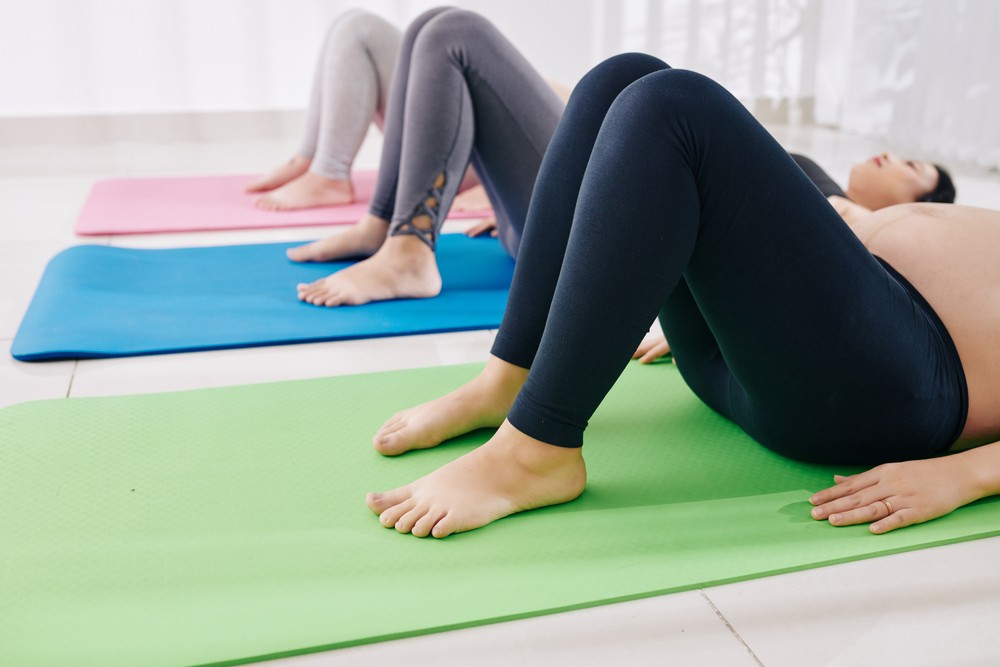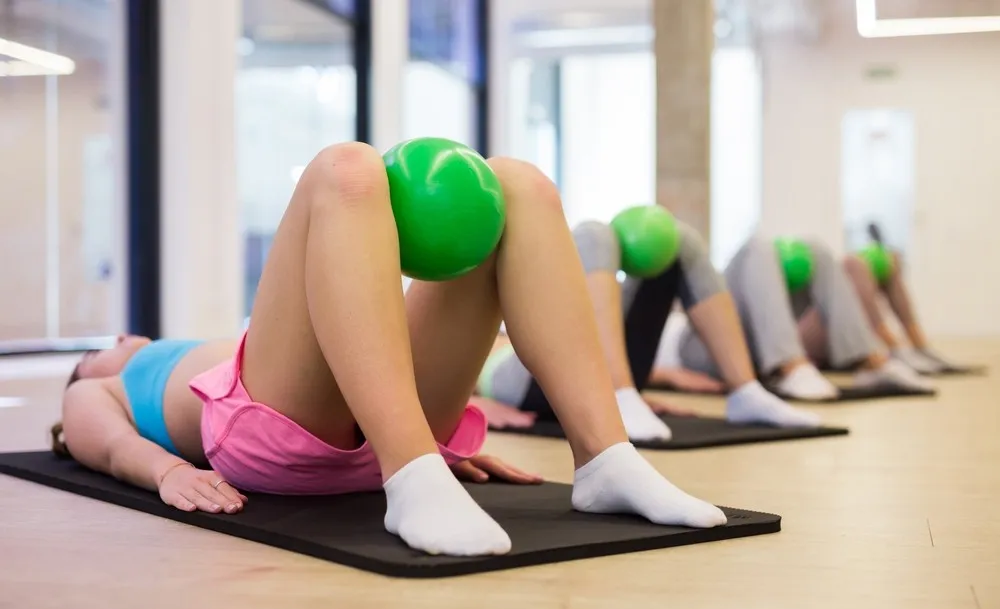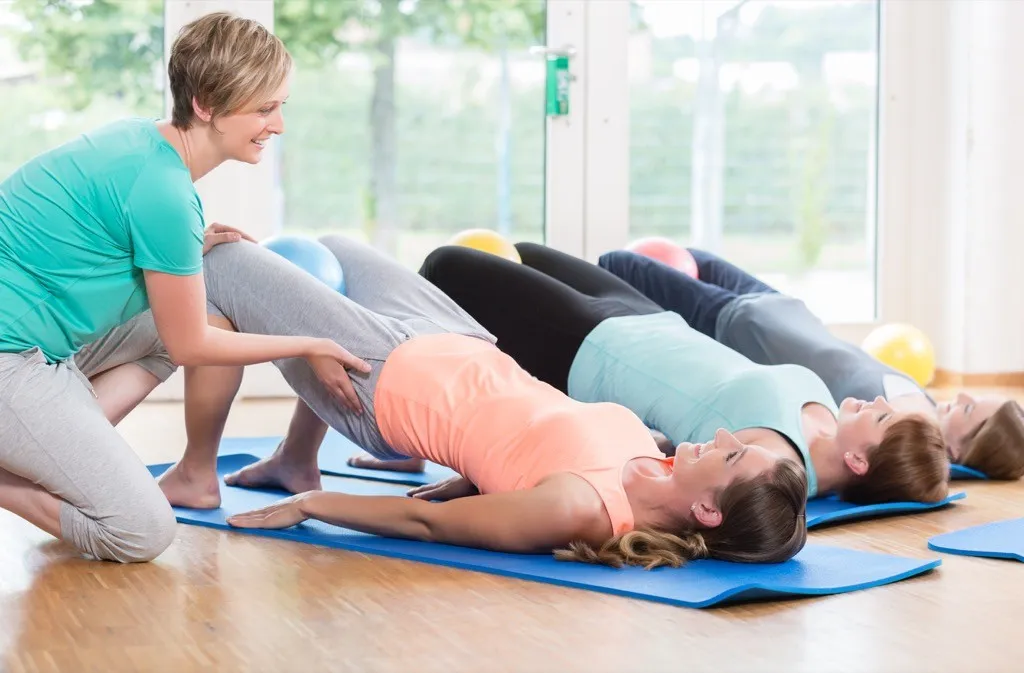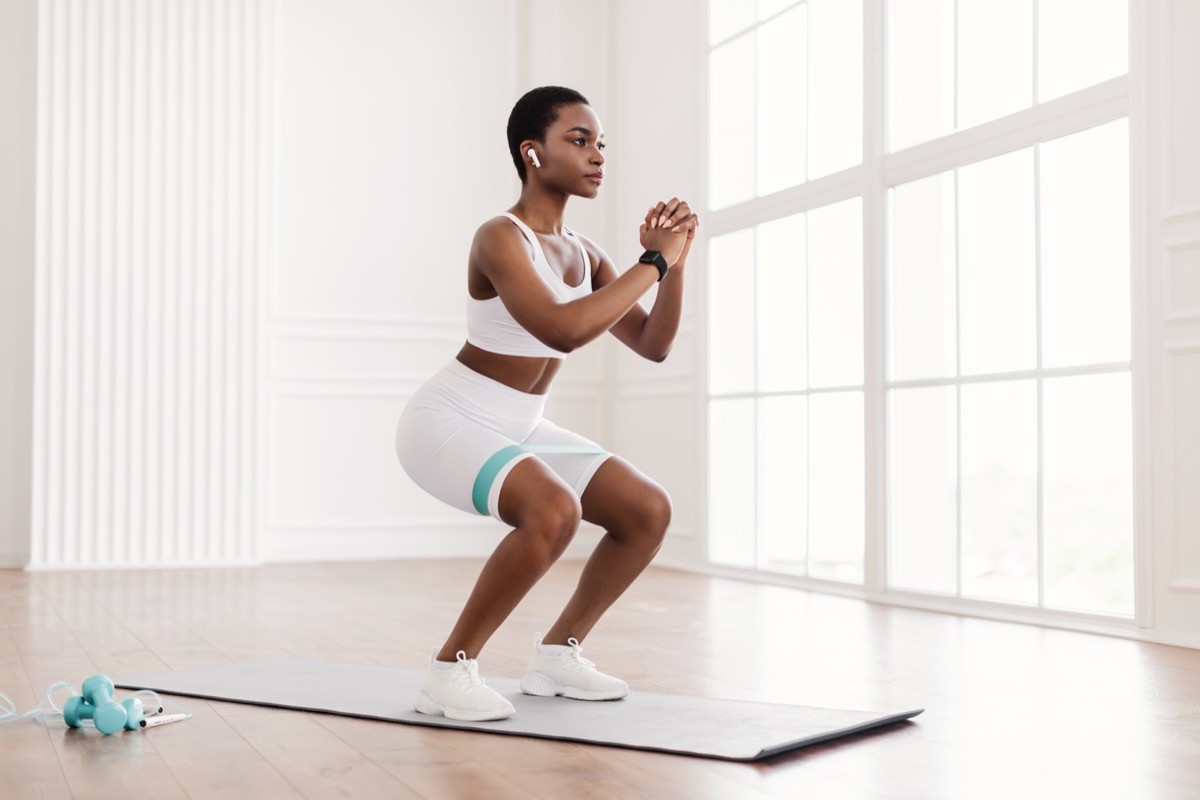7 Best Exercises to Strengthen Your Pelvic Floor

Your pelvic floor is a group of muscles that support your pelvic organs, including the bowel, bladder, and uterus. It also has the important job of helping these organs to function optimally. Some people find that as they get older, their pelvic floor weakens, causing pelvic floor disorders that can result in urinary incontinence, fecal incontinence, organ prolapse, and more. This can be distressing, embarrassing, and uncomfortable for obvious reasons.
MaryEllen Reider, co-founder of the pelvic floor strengthening device company Yarlap, says there are many reasons that you might develop a weakened pelvic floor. These can include hormonal changes, childbirth, obesity, physical injury, heavy lifting, or straining the pelvic muscle due to prolonged constipation.
Reider says that whatever has caused your weakened pelvic floor, it’s important to know that you are not alone. “One in three women in the US have some form of urinary incontinence. One in 10 people have pelvic floor dysfunction. Understand that these feelings of being ‘the only one’ or the embarrassment of it are common,” she says.
However, she adds that just because something is common doesn’t mean that you should resign yourself to it.
“Quality of life is really important and your pelvic floor muscles play a huge part in that!” Reider tells Best Life. “There is no shame in seeking help or support from a professional or your community.”
Pelvic floor exercises can also help you regain muscle function and experience fewer symptoms. Read on to learn the seven best exercises to strengthen your pelvic floor and reduce urinary incontinence.
RELATED: 7 Best Exercises to Improve Your Balance, According to Fitness Experts.
1
Pelvic bracing

Heather Jeffcoat, DPT, a doctor of physical therapy and the owner of the pelvic health-focused Femina Physical Therapy, tells Best Life that pelvic bracing can help strengthen your pelvic floor muscles.
“Lie on your back with your knees bent and feet flat on the floor,” Jeffcoat says. “Contract your pelvic floor muscles (also known as Kegel exercise) while you gently draw your belly button towards your spine. Do not suck in, but rather gently flatten the lower abdomen while maintaining the pelvic floor contraction,” she advises.
Hold this exercise for five to 10 seconds while you exhale. Doing a total of 10 repetitions, inhale, rest your muscles, exhale, and repeat.
2
Bridge with ball squeeze

Next, Jeffcoat recommends trying a bridge with a ball squeeze, which she explains help strengthen the adductor muscles in the inner thigh.
To try it, the physical therapist says you should lie on your back with your knees bent and feet flat on the floor.
“Place a ball between your knees. Take a breath in, then exhale and perform pelvic bracing as described above. Lift your hips off the floor, squeezing the knees together. Inhale and lower your hips back to the start position, exhale, and repeat between 10 and 20 times, in four sessions per week.
3
Kegels

Experts from Irving Medical Center’s Department of Colorectal Surgery at Columbia University describe the pelvic floor as a muscle that’s similar in function to a trampoline. It connects the tailbone (coccyx), the pubic bone (front to back), and both sitting bones.
Carolyn Appel, chief content officer for ProNatal Fitness, notes that it’s important to work all of these various areas of the muscle group in order to see improvements.
With this in mind, Appel recommends kegel exercises, which contract and relax the pelvic floor muscles.
“Imagine you are trying to stop the flow of urine. Stop and then release the muscles to allow the urine to flow. When you do this, you are activating the front of the pelvic floor. This is commonly thought of as Kegels, but only addresses part of the pelvic floor,” she says.
Next, you need to activate the back of the pelvic floor. “Imagine you are trying to stop yourself from passing gas,” Appel says. “Release the muscles to allow gas to pass.”
RELATED: 10 Simple Stretches to Boost Flexibility and Relieve Tension Like a Dancer.
4
Passive exercises using a kegel device

According to the National Association for Continence (NAFC), kegel-inducing devices can also help you strengthen your pelvic floor, especially if you’ve struggled to see results by other means.
“The problem many people face is doing kegels correctly,” the NAFC writes. “The nature of kegels makes it hard to know if you’re tightening (and releasing!) the right muscles. That’s where kegel exercisers come in. This new-ish breed of exercise equipment helps you to know exactly how you are performing in the kegel department,” they say.
5
Side-lying clams

Side-lying clams are another exercise that Jeffcoat says can help reverse pelvic floor weakening.
“Lie on your side with your hips and knees bent to about a 45-degree angle,” Jeffcoat instructs. “Pull your top hip towards your toes, creating a small lift of your waist, and stacking hips one over the other. Exhale and perform your pelvic bracing while you open your knees apart, keeping your feet together. This will look like a clamshell opening.”
Try to keep your hips stacked on top of each other and lower your top leg back down as you inhale.
6
Banded Mini-squats

Squats are a great workout for strengthening your pelvic floor, and Jeffcoat recommends a specific take on the exercise that can increase the benefits.
“Place a band around your thighs, just above your knees,” she says. “Start with your feet about hip-width apart, creating tension in the band. Keep your knees apart, perform your pelvic brace, then squat down as low as your strength allows.”
Jeffcoat recommends keeping the tension on the band throughout the full duration of the exercise, performing 15 repetitions in four sessions per week.
“If you have trouble with your form, it can be helpful to perform this exercise in front of a chair and briefly tap your glutes to the chair before you return to the start position,” she says.
RELATED: TikTokers Love the At-Home Pilates Reformer—Can It Help You Lose Weight?
7
Deep breathing exercises

Not every pelvic floor exercise has to focus on building muscle strength. Reider says that deep breathing exercises can also have a positive effect.
“Relaxation techniques for your pelvic floor muscles and abdominal wall area are beneficial,” she says. “A common one is slow, deep breathing which allows your pelvic floor muscles to relax for a little bit and help build the strength and length of the muscles.”